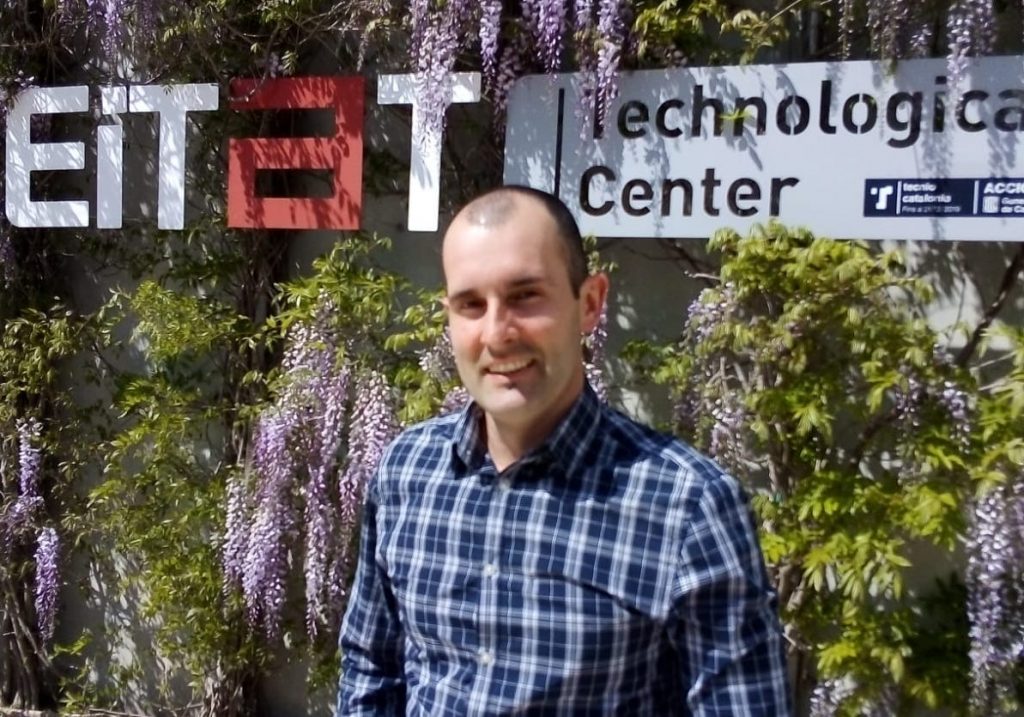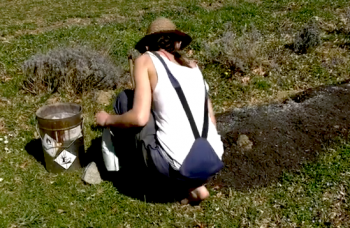Food for circular thoughts: chatting with LEITAT

Sergio Martinez is Principal Researcher at the LEITAT Technological Center in Terrassa (Spain) and coordinator of the EU-funded HOUSEFUL project. In this interview he explains the harmful environmental impact of the housing sector and why initiatives such as HOUSEFUL are needed to reverse the tide
Buildings are fundamental to us, as they give us protected spaces to carry out many of our daily actions. But just like everything else, not all that glitters is gold…
Absolutely! As you say, buildings are essential, and we can hardly imagine our lives without them. But the housing sector has its own dark side. For example, it accounts for about 50% of all extracted materials and 30% of global energy expenditure. It is also responsible for a third of water consumption at European level, for the generation of one third of all produced waste and 20% of energy-related greenhouse gas emissions!
These impacts are hard to embrace, can you make a more tangible example of what this all mean?
An easier way to better assess our impact on the environment is to calculate statistics per capita. According to official data, in a lifetime, an average EU citizen generates at least 160 ton of construction and demolition waste, and this amount is increasing. In addition, 173 kg of food wastes are produced per person and year, and 80-150 liters of wastewater is produced at household level per capita and day.
There are for sure many factors which have led to the current situation, but can you identify one which has been playing a particularly negative role?
If I have to pick one, I would say that the negative environmental impacts we witness today are the result of the linear ‘take, make, dispose’ approach. This is a dominant economic model of our time, traditionally adopted by main stakeholders in the housing sector. Fortunately, nowadays some initiatives give us the opportunity to be more circular in terms of waste production and water and energy consumption in our day-to-day life.
And one of these initiatives are large-scale research projects such as HOUSEFUL.
Correct! The goal of HOUSEFUL is to offer an integrated systemic service composed of 11 innovative circular solutions for efficient management of materials, waste, water and energy resources at all stages of European buildings’ life-cycle. Examples of these services are natured-based solutions for greywater treatment and reuse at home level, or renewable energy production at home level from bio-wastes and blackwater. We are also developing a new methodology for the calculation of the building circularity by professionals or citizens and an innovative material passport for building design.
What is a material passport and why is it important?
In a nutshell, it is a new concept aimed at promoting the traceability of materials that are part of a building’s constructive elements or of a construction work. From this traceability, materials can be identified and even valorised when renovation and dismantlement time comes. The passport contributes to the valorisation, recycling and reuse of materials and it offers data on their characteristics, such as type, share of recyclable material, recyclability potential, etc. Such data is key to a feasible transition of the construction sector to the circular economy.
The solutions you are designing sound promising, but will you also test their effectiveness?
Absolutely! HOUSEFUL selected four different European buildings in Vienna and nearby Barcelona as the basis for the solutions demonstration. The selected buildings present different physical characteristics, so that we open the doors to the adaption of our solutions in other buildings. To this aim, the project is also exploring co-funding opportunities for the replication of HOUSEFUL approach around Europe.
One aspect of HOUSEFUL’s approach is social engagement. Why that? Would it not be better to dedicate all project’s energy to the development of the technical solutions?
The reason for involving society in our work is that no significant change can happen without a general paradigm shift. Unfortunately, as a society we are still not aware of what kind of actions can minimise our impact on the environment and which is the margin for improvement. For example, we don’t think about the amount of bio-waste or kitchen waste generated from bad management of food in our fridge and leftovers produced from cooking. We do not separate domestic waste, hence reducing recyclability, we use our washing machine without selecting the “Eco” mode, or we spend a lot of water to take a bath instead of opting for a fast shower. Finally, we spend a lot of energy for heating and lighting in rooms where we are not present, or which are not properly isolated – and sometimes left open – thus loosing energy. Reaching a new level of commitment to the environment is all a matter of awareness and availability of attractive and accessible circular solutions, such as those designed by HOUSEFUL. And societal engagement, including solutions co-creation, helps raising awareness of the environmental impact of our homes and how to reduce it.
So you think awareness raising among citizens is key to the success of projects such as HOUSEFUL?
Yes, and it should be a priority from an educational level. Buildings lifetime covers a minimum of 40-60 years. This means that the decisions and choices taken by citizens and stakeholders in the housing sector severely affect the current and future buildings’ characteristics and environmental performance from a water, waste, energy, materials and GHG emissions’ point of view. The transition from a linear to a circular business economy needs to be implemented in the housing sector in Europe, and this starts from educational and citizen awareness activities: if users demand a circular and environmentally housing sector, it will be established.



